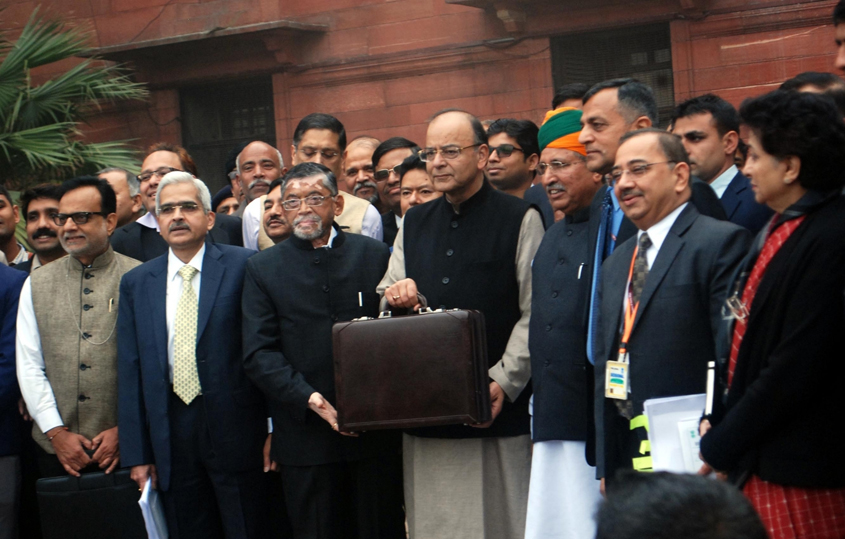Broadly delivering on the government’s underlying promise to reduce the pain of demonetisation, Finance Minister Arun Jaitley’s budget on Wednesday did deliver something or the other to the groups of people affected most by the demonetisation drive.
Taxation relief to individuals having income up to Rs 5 lakh is one of the prominent highlights of the budget. Tax rates for such individuals have been halved to 5% which would make tax liability for many tax payers in that bracket “to zero”, the Finance Minister said. Another major highlight of the budget is the taxation boost given to Small and Medium Enterprises (SMEs), especially the ones having an annual turnover of up to Rs 50 crore. Income tax on SMEs has been reduced by a significant 5% to 25% now which would enhance the profitability of such enterprises.
“Since we are largely a non-tax compliant economy, the lower taxes would voluntarily bring more people in the tax net which would broaden the tax base of our economy,” said Jaitley. The government feels that taxation relief and the government’s push towards rural and infrastructure spending would act as a driver for growth “which would be more broad-based”, says Sunil Sinha of India Ratings and Research. The Economic Survey estimates that the Indian economy would grow between 6.75% to 7.5% in the next financial year FY18).
The significant thing is the government’s confidence to achieve such broad based growth at lower fiscal deficit levels. The Finance Minister vowed to keep fiscal deficit at 3.2% which is 0.2% higher than the 3% obligated by the Fiscal Responsibility and Budget Management Act, 2003. He, however, seems firm on maintaining the fiscal deficit at 3% for the next two years. The government feels that its increasing direct tax collections of about 17% in the past couple of years would be able to finance its debt obligations.
Reinforcing its commitment to double farmers’ incomes in five years as well as to enhance rural incomes, Jaitley enhanced the quantum of agricultural credit to Rs 10 lakh crore. Spending in rural areas under all schemes has been increased by 25% as against previous years. MNREGA allocation has been made the highest ever to Rs 48,000 crore. The allocation under the Pradhan Mantri Gram Sadak Yojana — under which about 133 km of rural roads are being built — has been raised to Rs 27,000 crore. Similarly, allocation under the Pradhan Mantri Awas Yojana (housing scheme) has been hiked to Rs 23,000 crore.
In a major announcement to make “housing for all” a reality, the government has accorded infrastructure status to affordable housing which would open more avenues for developers to access funds for building affordable houses. “As infrastructure loans are generally of a longer duration, at lower rates this would eventually bring down the cost of houses for end-users,” says Anurag Jhanwar, Business Head, PropTiger.com. Analysts feel that the budgetary focus on affordable housing is again targeted at creating more employment opportunities and also reviving the real estate sector which has huge linkages with other sectors of the economy.
Another major highlight of the budget is its big spending announcement of about Rs 4 lakh crore on creating critical infrastructure in railways, roads, ports etc. Out of the total budgetary expenditure of about Rs 21 lakh crore, the capital expenditure (one that creates durable assets in the economy) has seen a 25% hike. The big misses in the budget, however, were that there was no announcement on capital gains tax and no decision to reduce tax rate for (listed) corporates.

